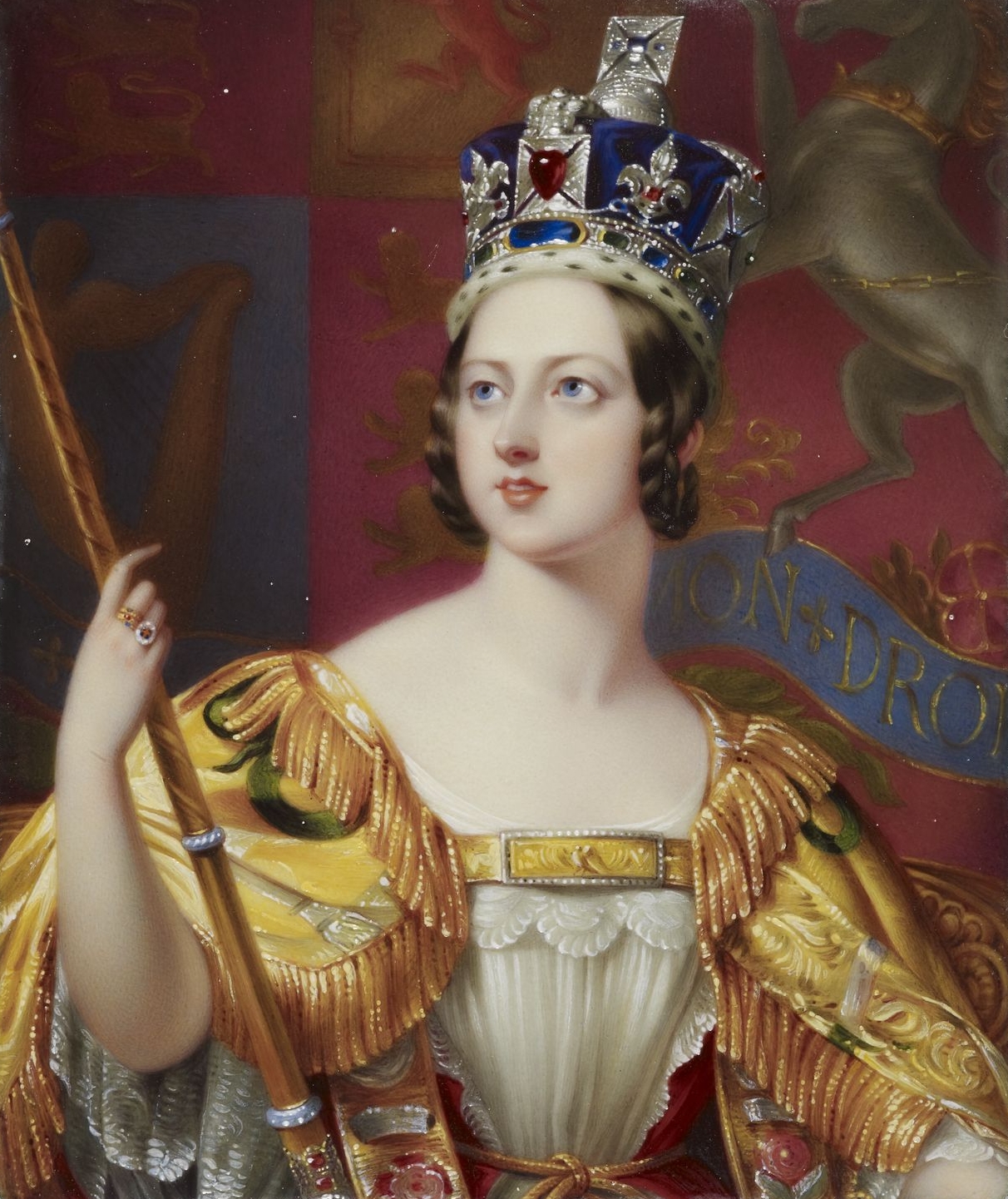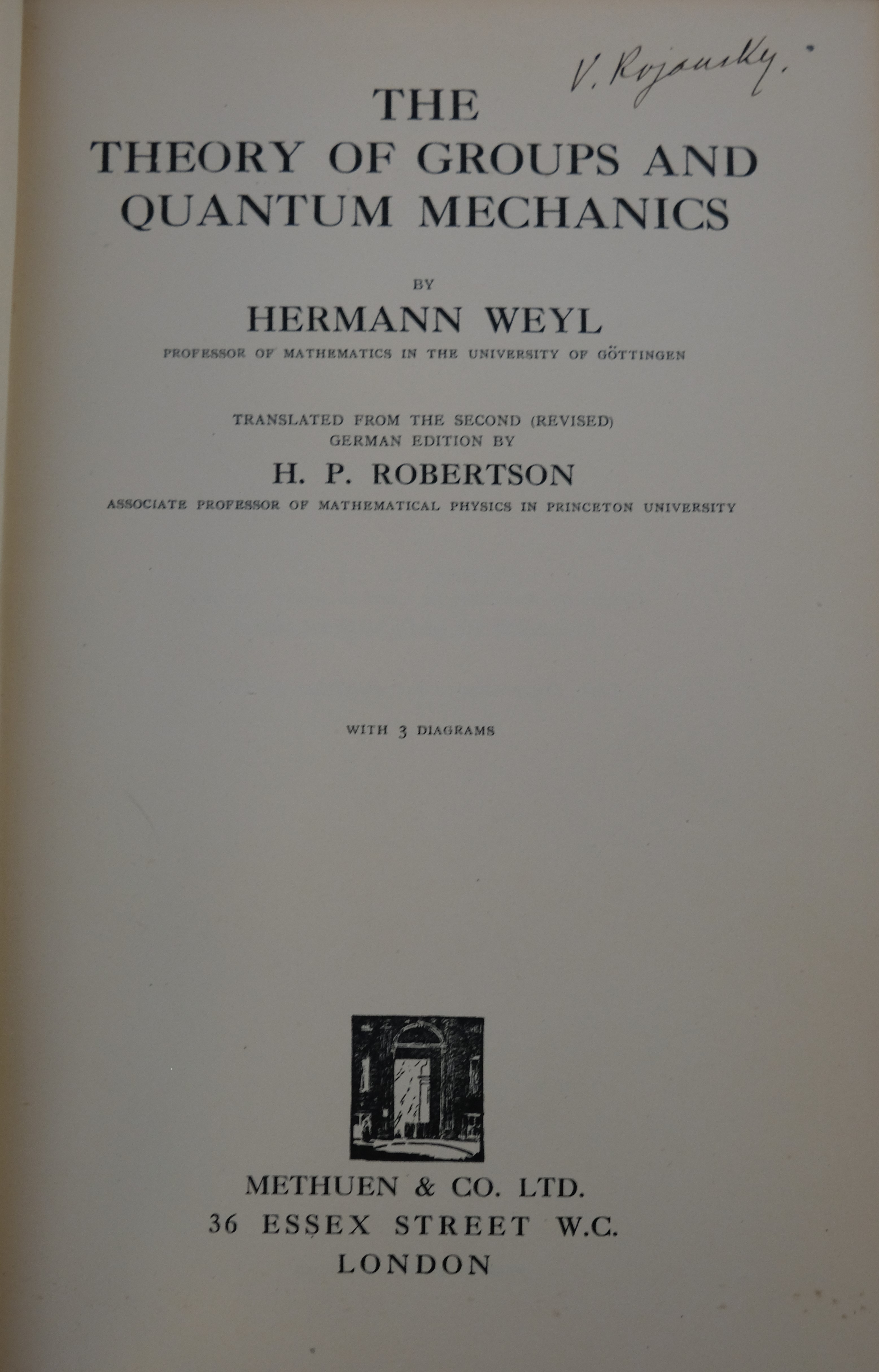|
Paul Gordan
Paul Albert Gordan (27 April 1837 – 21 December 1912) was a German mathematician known for work in invariant theory and for the Clebsch–Gordan coefficients and Gordan's lemma. He was called "the king of invariant theory". His most famous result is that the ring of invariants of binary forms of fixed degree is finitely generated. Clebsch–Gordan coefficients are named after him and Alfred Clebsch. Gordan also served as the thesis advisor for Emmy Noether. Life and Career Gordan was born to Jewish parents in Breslau, Germany (now Wrocław, Poland), and died in Erlangen, Germany. He received his Dr. phil. at the University of Breslau with the thesis ''De Linea Geodetica'', (On Geodesics of Spheroids) under Carl Jacobi in 1862. He moved to Erlangen in 1874 to become professor of mathematics at the University of Erlangen-Nuremberg. A famous quote attributed to Gordan about David Hilbert's proof of Hilbert's basis theorem, a result which vastly generalized his result o ... [...More Info...] [...Related Items...] OR: [Wikipedia] [Google] [Baidu] |
Geodesics On Spheroids
The study of geodesics on an ellipsoid arose in connection with geodesy specifically with the solution of triangulation networks. The figure of the Earth is well approximated by an '' oblate ellipsoid'', a slightly flattened sphere. A ''geodesic'' is the shortest path between two points on a curved surface, analogous to a straight line on a plane surface. The solution of a triangulation network on an ellipsoid is therefore a set of exercises in spheroidal trigonometry . If the Earth is treated as a sphere, the geodesics are great circles (all of which are closed) and the problems reduce to ones in spherical trigonometry. However, showed that the effect of the rotation of the Earth results in its resembling a slightly oblate ellipsoid: in this case, the equator and the meridians are the only simple closed geodesics. Furthermore, the shortest path between two points on the equator does not necessarily run along the equator. Finally, if the ellipsoid is further perturbed ... [...More Info...] [...Related Items...] OR: [Wikipedia] [Google] [Baidu] |
19th-century German Jews
The 19th century began on 1 January 1801 (represented by the Roman numerals MDCCCI), and ended on 31 December 1900 (MCM). It was the 9th century of the 2nd millennium. It was characterized by vast social upheaval. Slavery was Abolitionism, abolished in much of Europe and the Americas. The First Industrial Revolution, though it began in the late 18th century, expanded beyond its British homeland for the first time during the 19th century, particularly remaking the economies and societies of the Low Countries, France, the Rhineland, Northern Italy, and the Northeastern United States. A few decades later, the Second Industrial Revolution led to ever more massive urbanization and much higher levels of productivity, profit, and prosperity, a pattern that continued into the 20th century. The Catholic Church, in response to the growing influence and power of modernism, secularism and materialism, formed the First Vatican Council in the late 19th century to deal with such problems an ... [...More Info...] [...Related Items...] OR: [Wikipedia] [Google] [Baidu] |
19th-century German Mathematicians
The 19th century began on 1 January 1801 (represented by the Roman numerals MDCCCI), and ended on 31 December 1900 (MCM). It was the 9th century of the 2nd millennium. It was characterized by vast social upheaval. Slavery was abolished in much of Europe and the Americas. The First Industrial Revolution, though it began in the late 18th century, expanded beyond its British homeland for the first time during the 19th century, particularly remaking the economies and societies of the Low Countries, France, the Rhineland, Northern Italy, and the Northeastern United States. A few decades later, the Second Industrial Revolution led to ever more massive urbanization and much higher levels of productivity, profit, and prosperity, a pattern that continued into the 20th century. The Catholic Church, in response to the growing influence and power of modernism, secularism and materialism, formed the First Vatican Council in the late 19th century to deal with such problems and confirm ce ... [...More Info...] [...Related Items...] OR: [Wikipedia] [Google] [Baidu] |
1912 Deaths
This year is notable for Sinking of the Titanic, the sinking of the ''Titanic'', which occurred on April 15. In Albania, this leap year runs with only 353 days as the country achieved switching from the Julian to Gregorian Calendar by skipping 13 days. Friday, 30 November ''(Julian Calendar)'' immediately turned Saturday, 14 December 1912 ''(in the Gregorian Calendar)''. Events January * January 1 – The Republic of China (1912–49), Republic of China is established. * January 5 – The Prague Conference (6th All-Russian Conference of the Russian Social Democratic Labour Party) opens. * January 6 ** German Geophysics, geophysicist Alfred Wegener first presents his theory of continental drift. ** New Mexico becomes the 47th U.S. state. * January 8 – The African National Congress is founded as the South African Native National Congress, at the Waaihoek Wesleyan Church in Bloemfontein, to promote improved rights for Black people, black South Africans, with Joh ... [...More Info...] [...Related Items...] OR: [Wikipedia] [Google] [Baidu] |
1837 Births
Events January–March * January 1 – The destructive Galilee earthquake causes thousands of deaths in Ottoman Syria. * January 26 – Michigan becomes the 26th state admitted to the United States. * February 4 – Seminoles attack Fort Foster in Florida. * February 25 – In Philadelphia, the Institute for Colored Youth (ICY) is founded, as the first institution for the higher education of black people in the United States. * February – Charles Dickens's '' Oliver Twist'' begins publication in serial form in London. * March 1 – The Congregation of Holy Cross is formed in Le Mans, France, by the signing of the Fundamental Act of Union, which legally joins the Auxiliary Priests of Blessed Basil Moreau, CSC, and the Brothers of St. Joseph (founded by Jacques-François Dujarié) into one religious association. April–June * April 12 – The conglomerate of Procter & Gamble has its origins, when British-born businessmen William Procter and James Gamble begi ... [...More Info...] [...Related Items...] OR: [Wikipedia] [Google] [Baidu] |
Symbolic Method
In mathematics, the symbolic method in invariant theory is an algorithm developed by Arthur Cayley, Siegfried Heinrich Aronhold, Alfred Clebsch, and Paul Gordan in the 19th century for computing invariants of algebraic forms. It is based on treating the form as if it were a power of a degree one form, which corresponds to embedding a symmetric power of a vector space into the symmetric elements of a tensor product of copies of it. Symbolic notation The symbolic method uses a compact, but rather confusing and mysterious notation for invariants, depending on the introduction of new symbols ''a'', ''b'', ''c'', ... (from which the symbolic method gets its name) with apparently contradictory properties. Example: the discriminant of a binary quadratic form These symbols can be explained by the following example from Gordan. Suppose that :\displaystyle f(x) = A_0x_1^2+2A_1x_1x_2+A_2x_2^2 is a binary quadratic form with an invariant given by the discriminant :\displaystyle \Delta ... [...More Info...] [...Related Items...] OR: [Wikipedia] [Google] [Baidu] |
Invariant Of A Binary Form
In mathematical invariant theory, an invariant of a binary form is a polynomial in the coefficients of a binary form in two variables ''x'' and ''y'' that remains invariant under the special linear group acting on the variables ''x'' and ''y''. Terminology A binary form (of degree ''n'') is a homogeneous polynomial \sum_^n \binom a_x^y^i = a_nx^n + \binom a_x^y + \cdots + a_0y^n. The group SL_2(\mathbb) acts on these forms by taking x to ax + by and y to cx + dy. This induces an action on the space spanned by a_0, \ldots, a_n and on the polynomials in these variables. An invariant is a polynomial in these n + 1 variables a_0, \ldots, a_n that is invariant under this action. More generally a covariant is a polynomial in a_0, \ldots, a_n, x, y that is invariant, so an invariant is a special case of a covariant where the variables x and y do not occur. More generally still, a simultaneous invariant is a polynomial in the coefficients of several different forms in x and y. In ter ... [...More Info...] [...Related Items...] OR: [Wikipedia] [Google] [Baidu] |
Dickson's Lemma
In mathematics, Dickson's lemma states that every set of n-tuples of natural numbers has finitely many minimal elements. This simple fact from combinatorics has become attributed to the American algebraist L. E. Dickson, who used it to prove a result in number theory about perfect numbers. However, the lemma was certainly known earlier, for example to Paul Gordan in his research on invariant theory.. Example Let K be a fixed natural number, and let S = \ be the set of pairs of numbers whose product is at least K. When defined over the positive real numbers, S has infinitely many minimal elements of the form (x,K/x), one for each positive number x; this set of points forms one of the branches of a hyperbola. The pairs on this hyperbola are minimal, because it is not possible for a different pair that belongs to S to be less than or equal to (x,K/x) in both of its coordinates. However, Dickson's lemma concerns only tuples of natural numbers, and over the natural numbers there are on ... [...More Info...] [...Related Items...] OR: [Wikipedia] [Google] [Baidu] |
Hermann Weyl
Hermann Klaus Hugo Weyl (; ; 9 November 1885 – 8 December 1955) was a German mathematician, theoretical physicist, logician and philosopher. Although much of his working life was spent in Zürich, Switzerland, and then Princeton, New Jersey, he is associated with the University of Göttingen tradition of mathematics, represented by Carl Friedrich Gauss, David Hilbert and Hermann Minkowski. His research has had major significance for theoretical physics as well as purely mathematical disciplines such as number theory. He was one of the most influential mathematicians of the twentieth century, and an important member of the Institute for Advanced Study during its early years. Weyl contributed to an exceptionally wide range of fields, including works on space, time, matter, philosophy, logic, symmetry and the history of mathematics. He was one of the first to conceive of combining general relativity with the laws of electromagnetism. Freeman Dyson wrote that Weyl alone bore comp ... [...More Info...] [...Related Items...] OR: [Wikipedia] [Google] [Baidu] |




